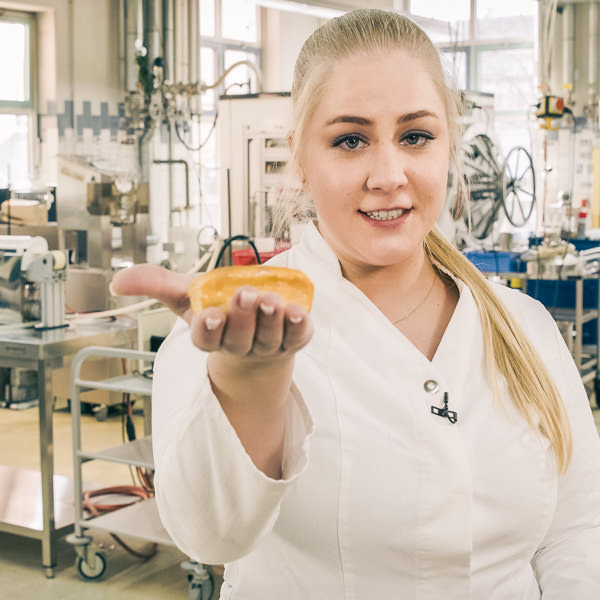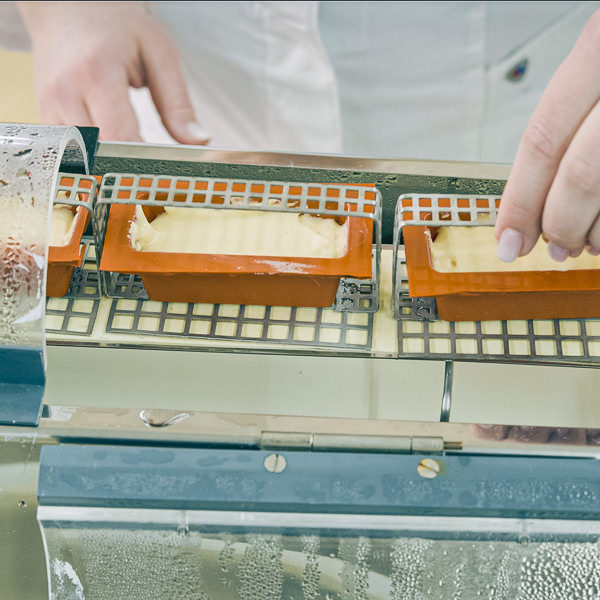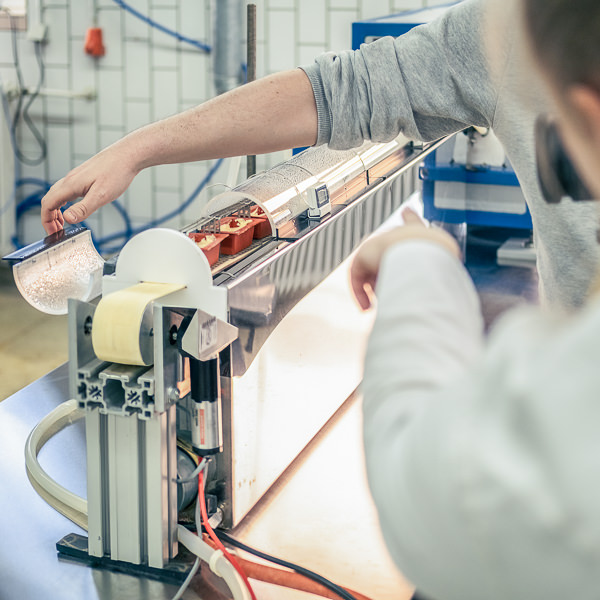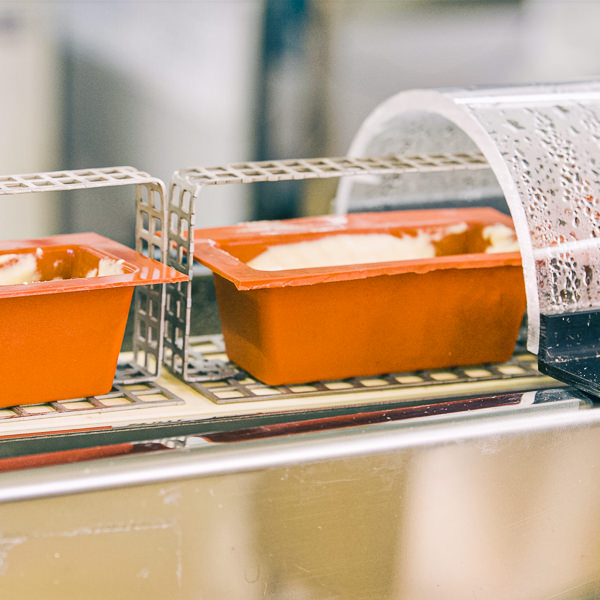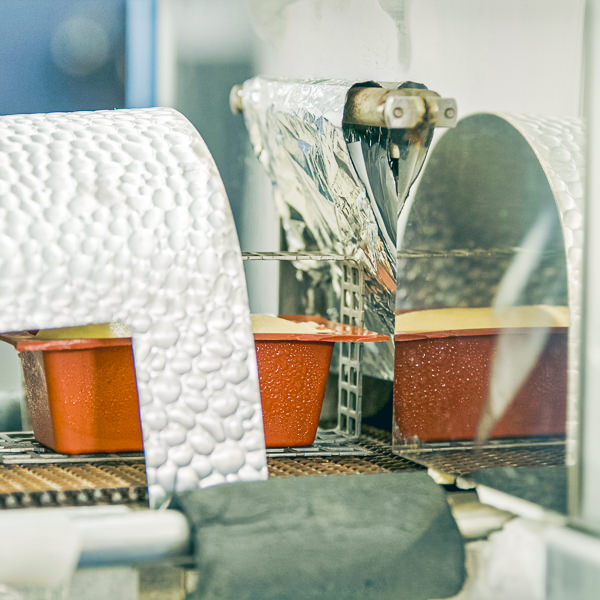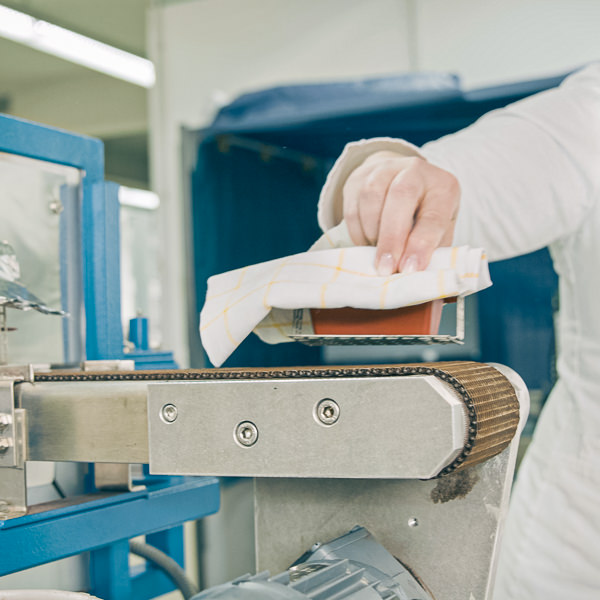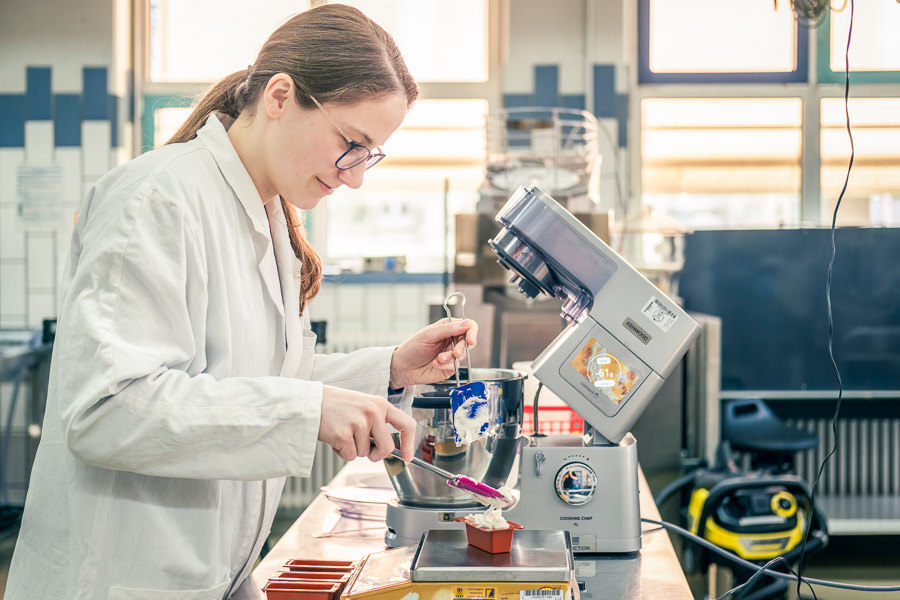
Ditching Gluten: From Bland to Grand
Gluten is a protein substance found in cereal grains that is not digested easily. It is also an exceptionally versatile substance: It contributes texture, volume, and mouthfeel to food, providing elasticity and chewiness. Besides this, gluten also serves as a binding agent helping ingredients stick together. In addition, it is of high nutritional value in human diets.
Gluten Intolerances: When Bread becomes your Worst Enemy
A significant number of people suffer from some sort of intolerance to the protein gluten. There are basically three kinds of intolerance:
- Celiac disease, which is a disease of the autoimmune system
- Wheat allergy, which is an allergy to gluten
- Gluten sensitivity, or non-celiac wheat sensitivity (NCWS)
Gluten isn’t easy to avoid in your diet. It is almost in everything made of wheat and most grains. We eat it in bread, pasta, cakes, couscous, sausages, processed meat, and even drinks like beer contain it. To top it off, most vegan meat alternatives contain even more gluten than the meat products they’re imitating.
The University of Hohenheim's research concerns itself with gluten as a protein with amazing properties that make it such a great food ingredient. Yet, they are also researching its negative aspects that are causing intolerances and health problems in people.
To get to the heart of the problem, scientists from the University of Hohenheim and from other institutions as well as the industrial sector have set up interdisciplinary projects. One is called INDICATE FH, which is short for Improving diagnostics and therapy of food hypersensitivity. Researchers from the fields of allergology, gastroenterology, clinical nutrition, natural sciences, and informatics join their forces to upgrade knowledge and skills in order to ameliorate the lives of people with gluten intolerance.
The Hohenheim path in this project is: Let's find new specific biomarkers and better practical diagnostic procedures using all available methods like bioinformatics, genomics, proteomics, and metabolomics to study patients’ mucosal tissue, saliva, and stool samples.
- The project INDICATE FH is an interdisciplinary project. The University of Hohenheim is working along with other researchers in Germany from the University of Luebeck and the Research Center Borstel.
- Hohenheim research is done by Prof. Dr. Stephan C. Bischoff from the Institute of Clinical Nutrition and Prof. Dr. Florian Fricke from the Department of Microbiome and Applied Bioinformatics
- The project is sponsored by the German Federal Ministry of Education and Research.

It is alarming that about one-third of the European population now complains of food intolerances, although it is often unclear what is behind them. The interdisciplinary consortium can help to shed light on the subject.
Breaking bread, or: Finding the perfect bite
Have you ever eaten a piece of gluten-free bread? You might have noticed that it doesn’t have the bread texture that you are used to. Take the gluten from bread and it loses its “glutinousness” (mark the word), which means its viscosity, and its volume. The gluten-free bread has lost its chewy structure because the gluten network holds the carbon dioxide bubbles that are generated through the fermentation process. Without the gluten network, the gasses escape and the dough slumps.
By doing this, we cannot forget the nutritive value and the taste of the new gluten-free product! Gluten in food provides us with essential amino acids. The University of Hohenheim's gluten research therefore has two objectives in mind: joining healthy and beneficial gluten-free ingredients with an end-product that tastes like heaven.
Time to bake bread!
To bake bread on an industrial scale, you need a bakery line.
The University of Hohenheim is situated in and around the charming Hohenheim Palace on a hill in the south of Stuttgart, Germany. There’s not a lot of space on our hill, so we have the world’s smallest bakery line – although we have to admit we haven’t measured them all. The bread loaves from the line weigh only about 10 grams.
Our scientists use the bakery line to bake test bread loaves made from various gluten-free doughs. But what do they use to replace the gluten? They focus on saponins, among other possibilities.
Saponins are a promising protein alternative and are plant-based. They have the ability to produce a soapy lather when mixed with water and agitated, and that is where the name comes from (saponin is the Latin word for soap).
Hm, soap in food? Well, of course it’s not soap itself but the ability to froth that is the interesting part of saponins. The variety of saponin that is used in the Hohenheim bakery line is extracted from quinoa and daisies.
Results so far show that saponins work quite well to produce the feel of bread. On top of that, the researchers gone master-bakers have done the trick: the saponin-breads look and taste like “real” bread!
Video: The world's smallest bakery line
Writing the history of science for tomorrow: Early career researchers are essential
Proteins are fascinating subjects for research with the potential to help solve many of today’s problems – from eliminating plastic waste to eradicating food shortages. Up-and-coming scientists demonstrate how vital student research is to discovering and developing new and innovative solutions.
Digging deeper
- Wikipedia: Gluten
- INDICATE FH – Neue Provokationsmethoden und neue diagnostische Marker (German only)
- PROTAX – Enzymatisch induzierte Protein-AX Netzwerke in glutenfreien Systemen
- Comprehensive proteome analysis of bread deciphering the allergenic potential of bread wheat, spelt and rye
- Journal of Virtual Experiments: Gluten
- Hohenheim Research Center for One Health Sciences: Projects and publications
Research with us
The University of Hohenheim is Germany’s leading research facility in agricultural research and food sciences, as well as strong and unparalleled in natural, social, and communication sciences.
- Researchers of Proven Excellence
Our scientists demonstrate exceptional skills, knowledge, and achievements. - Strong Focus on Research
We are very well networked and have a unique research profile. - Scientific Research facilities
The University of Hohenheim accommodates various institutions whose structures enable joint research and teaching activities, thus creating the optimal conditions for conducting outstanding research and then transferring it outside of the university. - Dedicated Portal for Early Career Researchers
We are strongly committed to qualification in the early stages of scientific careers. - Innovation and Transfer
We promote intensive cooperation between scientists, private companies, and other societal actors. - Scientific Integrity at the University of Hohenheim
The University of Hohenheim, as a center for research, teaching, and the promotion of early career researchers, undertakes to create and continuously develop the suitable framework conditions for anchoring the culture of scientific integrity and ethics in daily scientific practice. - Professorial Appointments
Our Professorial Appointment Portal offers help for all parties involved throughout the whole process of professorial appointments. - Cooperations
On all levels, the University of Hohenheim networks with universities and research institutions with outstanding international reputation. - Research Promotion
Professional and practical support and assistance through application processes for third-party funds.
